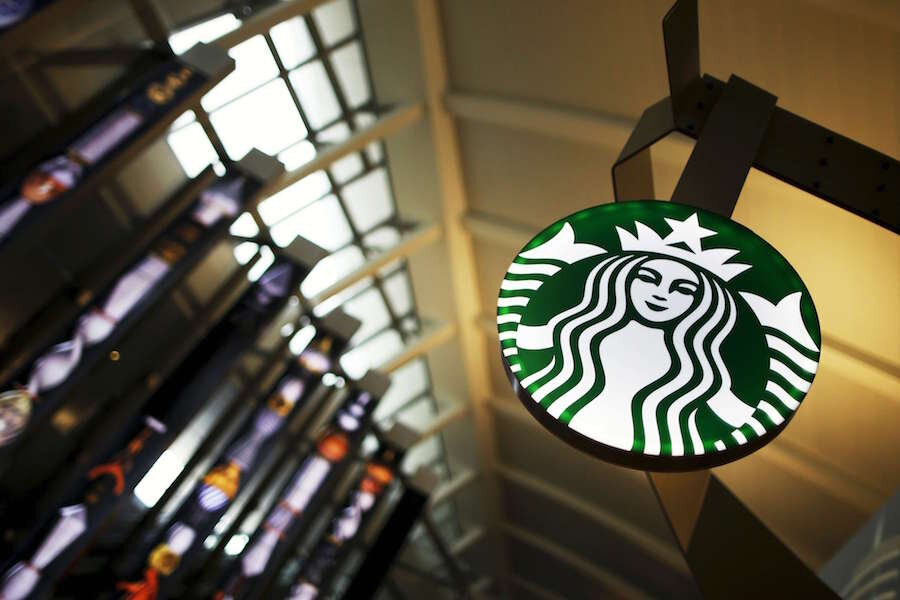Starbucks' new rewards program isn't for the frugal
Loading...
With the new Starbucks rewards system, money matters.
On Monday, Starbucks announced a new rewards program that will begin in April. The program will reward customers based on dollars spent at Starbucks locations and shift away from rewarding frequent visits. The decision was based on consumer demand, according to Starbucks, but has caused a backlash from customers on Twitter.
The new rewards system has the potential to aid big spenders to more quickly earn free rewards. But for customers getting a quick drink to go? They’ll have to spend more to qualify.
“If you always buy only one beverage or pastry when you visit Starbucks, it might mean taking a little longer to get a free reward than you do today,” it states on the Starbucks website.
The current Starbucks reward system is based on visits. Each visit results in a customer being rewarded with one star. With 30 stars customers reach Gold status, after which every 12 stars results in a free reward. At a minimum, a Gold customer could earn a free reward by spending about $24 and buying a cup of regular coffee over 12 visits. For people buying more expensive drinks, it would still take 12 visits.
Under the revamped rewards system rolling out in April, every dollar spent at Starbucks will gain a customer 2 stars, according to the website. It will take customers 300 stars to reach Gold level and 125 stars to gain a free reward. At a minimum, Gold customers would need to spend $62.50 and for customers only buying a cup of coffee, it would take more than 30 visits to reach a free reward. A Gold customer buying more expensive drinks would earn a free reward faster.
In other words: spend more money and you will earn a reward even faster under the new system.
The change in rewards system comes as many fast food establishments have been shedding programs that offer cheap food and replacing them with programs to boost the dollar per order amount. In November 2015, McDonald’s ditched its dollar menu in exchange for a McPick 2 menu, where customers can pick two items for $2. Wendy’s also ended its dollar menu and became the first burger chain to test a “4 for 4” menu nationally, which Business Insider credits with helping to achieve a 4.8 percent boost in sales in the fourth quarter.
Starbucks could be leveraging its popular reward system aiming at the same goal: upping the amount, even slightly, of how much customers spend when they order.
Last month, Starbucks reached more than 11 million customers using their loyalty program, a growth of 23 percent over the last year, according to The Associated Press. Current loyalty rewards members spend about three times more than non-members.
Starbucks has stated that the new plan will also offer new ways to earn reward stars, including Double-Star Days and other as yet undisclosed methods.
“You’ll be able to collect Stars in so many places, from Starbucks and Teavana stores to the grocery aisle, even in your inbox. Soon we’ll be launching new ways for you to earn even more Stars, both in and out of our stores,” it says on the website.






